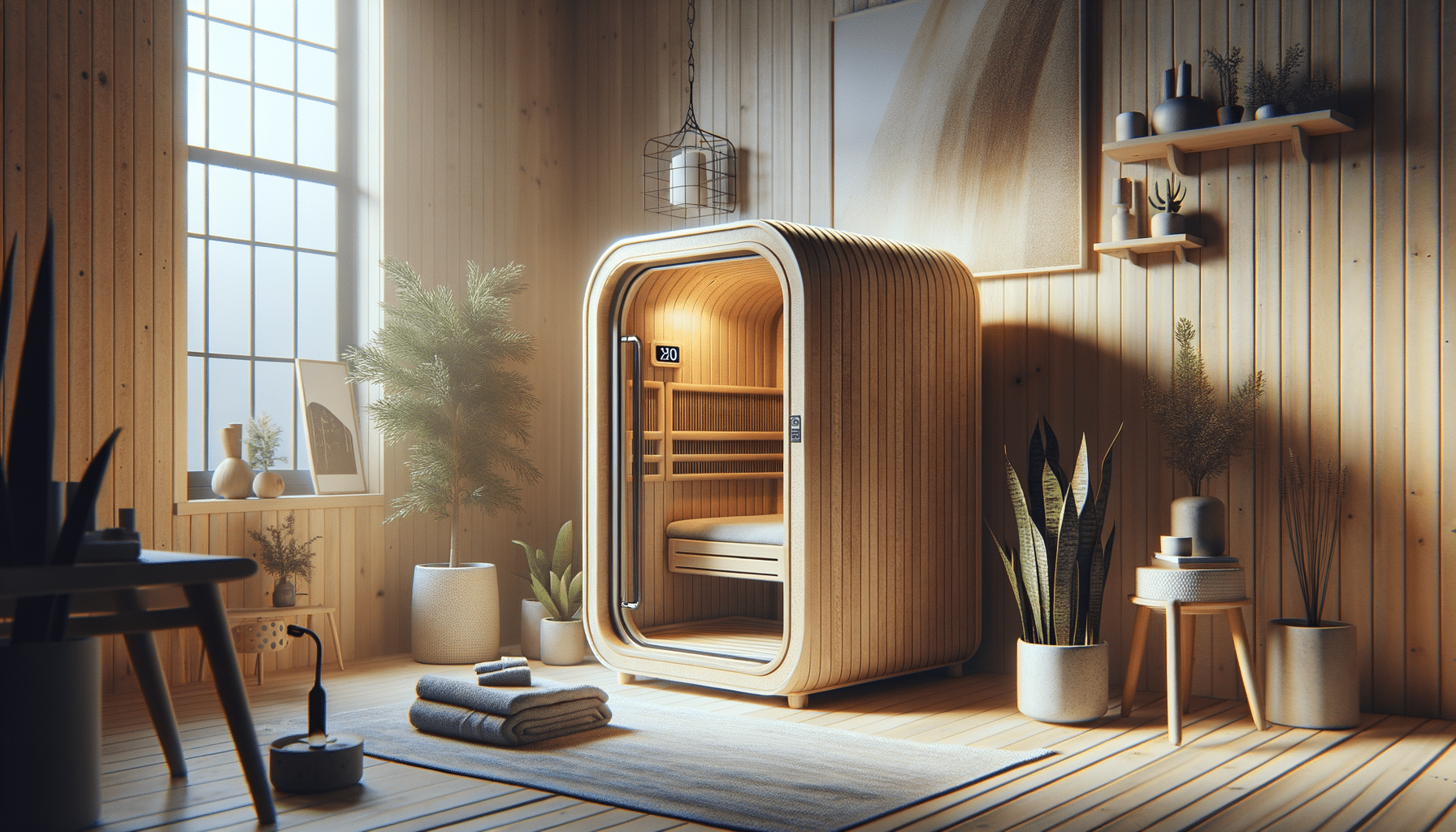
Exploring Home Maintenance — What Outdoor Furniture Storage Typically Includes
Introduction to Outdoor Furniture Storage
As the seasons change, homeowners often face the challenge of maintaining their outdoor spaces. Outdoor furniture, a staple in gardens and patios, requires special attention to ensure its longevity and appearance. Proper storage of these pieces is crucial, not only for aesthetic reasons but also to protect the investment made in quality furniture. This article delves into the essentials of outdoor furniture storage, offering insights into effective methods and practices.
Cleaning and Preparing Furniture
Before storing outdoor furniture, thorough cleaning is paramount. Dirt, grime, and moisture can lead to deterioration if left unattended over time. Begin by gently washing each piece with mild soap and water, ensuring all surfaces are clean. For metal furniture, it’s advisable to check for rust spots and treat them accordingly. Wooden pieces may benefit from a light sanding and application of a protective oil or sealant to enhance their resilience against the elements.
Once cleaned, it’s important to dry the furniture completely. Moisture left on surfaces can lead to mildew or warping, particularly in wooden pieces. Allowing furniture to air dry in a sunny spot ensures that any residual moisture evaporates, preparing the furniture for storage.
Choosing the Right Storage Location
Finding an appropriate storage location is critical for preserving outdoor furniture. Ideally, furniture should be stored in a dry, sheltered area such as a garage or shed. This protects against harsh weather conditions and UV rays that can fade colors and weaken materials. For those with limited indoor space, covering furniture with waterproof covers can provide a viable alternative. These covers shield against rain and snow, while also reducing the impact of temperature fluctuations.
When arranging furniture in storage, it’s beneficial to avoid stacking heavy items on top of each other. This prevents unnecessary stress and potential damage to delicate components. Instead, consider using shelving units or wall hooks to keep pieces organized and accessible.
Protective Measures and Accessories
Beyond basic storage, employing additional protective measures can further enhance the longevity of outdoor furniture. Using furniture covers, as mentioned, is a practical solution for both indoor and outdoor storage. These covers should fit snugly and be made of breathable material to prevent mold growth.
For metal furniture, applying a thin layer of car wax can create a protective barrier against moisture and rust. Similarly, wooden pieces can benefit from regular applications of wood oil or sealant, which help maintain their natural luster and prevent cracking. Cushions and fabric components should be stored separately, preferably in vacuum-sealed bags to keep them fresh and free of dust.
Conclusion: Ensuring Longevity and Style
Outdoor furniture storage plays a pivotal role in home maintenance, providing a means to preserve the beauty and functionality of garden and patio pieces. By investing time in cleaning, selecting the right storage environment, and using protective measures, homeowners can extend the life of their furniture significantly. This not only ensures comfort and style but also protects the financial investment made in quality outdoor furnishings, allowing them to be enjoyed for many seasons to come.


